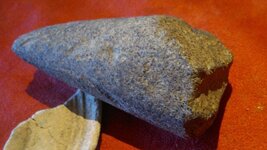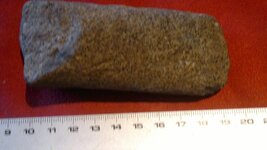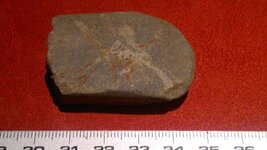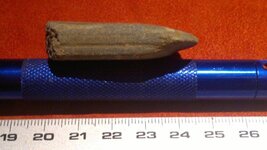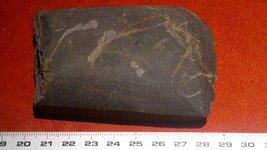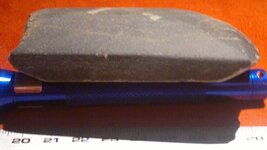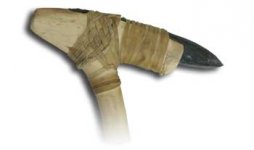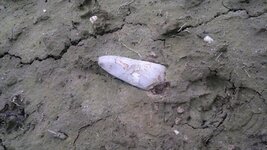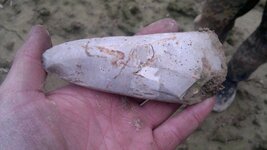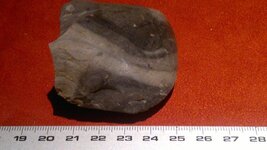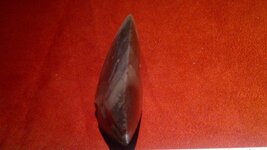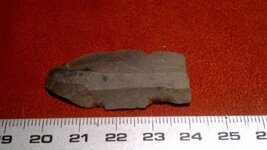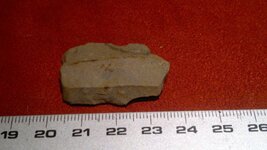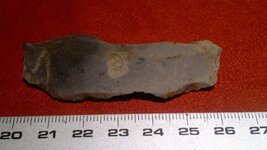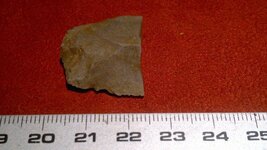Westfront
Silver Member
- Jun 15, 2010
- 4,837
- 6,620
- 🥇 Banner finds
- 6
- Detector(s) used
- XP Deus
- Primary Interest:
- All Treasure Hunting
Hi all!
As we don't have a forum for european artifacts i will post some of my finds here to share with you.
Most of our finds here are Neolithic, dating 5500-2200bc. I am more in metaldetecting with an eye for everything else in the fields. We pick up many pottery, most roman to medieval. On some of the pics you can see roman pottery shards as well. I have permission to a field where i expected roman, but i came out with some of my best neolithic finds ever. We picked up several axes there, knives, a drill and a flint for making sparks. Sorry, i don't know the name in english! Best finds are the complete grinding stone, matching parts of an upper and lower grinding stone and the axe with a drilled hole for the shaft.
Best finds are the complete grinding stone, matching parts of an upper and lower grinding stone and the axe with a drilled hole for the shaft.
Thanks for looking!
As we don't have a forum for european artifacts i will post some of my finds here to share with you.
Most of our finds here are Neolithic, dating 5500-2200bc. I am more in metaldetecting with an eye for everything else in the fields. We pick up many pottery, most roman to medieval. On some of the pics you can see roman pottery shards as well. I have permission to a field where i expected roman, but i came out with some of my best neolithic finds ever. We picked up several axes there, knives, a drill and a flint for making sparks. Sorry, i don't know the name in english!
Thanks for looking!
Attachments
-
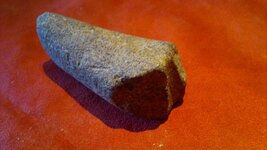 3 012_800_450.jpg71.1 KB · Views: 107
3 012_800_450.jpg71.1 KB · Views: 107 -
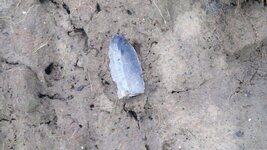 6 001_800_450.jpg100.2 KB · Views: 123
6 001_800_450.jpg100.2 KB · Views: 123 -
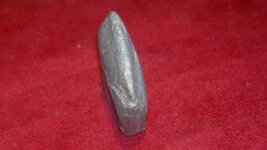 6 004_800_450.jpg64.5 KB · Views: 118
6 004_800_450.jpg64.5 KB · Views: 118 -
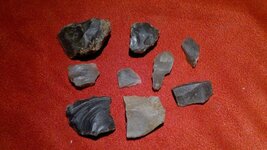 6 003_800_450.jpg103.4 KB · Views: 128
6 003_800_450.jpg103.4 KB · Views: 128 -
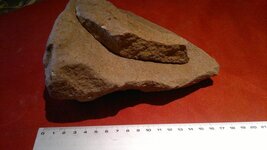 6 011_800_450.jpg69.6 KB · Views: 96
6 011_800_450.jpg69.6 KB · Views: 96 -
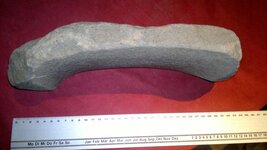 6 013_800_450.jpg71.1 KB · Views: 109
6 013_800_450.jpg71.1 KB · Views: 109 -
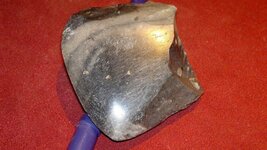 6 018_800_450.jpg107.9 KB · Views: 103
6 018_800_450.jpg107.9 KB · Views: 103 -
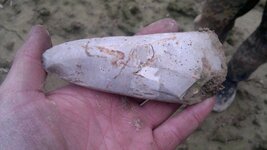 6 023_800_450.jpg65.2 KB · Views: 104
6 023_800_450.jpg65.2 KB · Views: 104 -
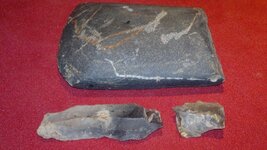 6 031_800_450.jpg107.3 KB · Views: 102
6 031_800_450.jpg107.3 KB · Views: 102
Upvote
0





